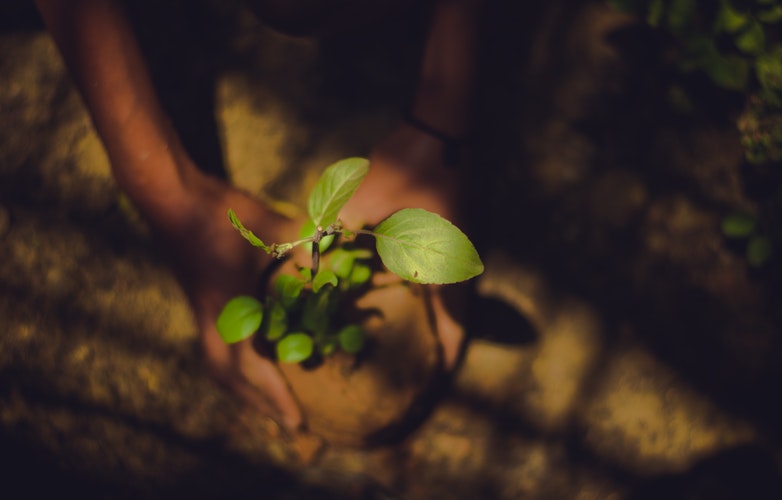by: Allie Carter
California is rich in a number of natural resources including oil, natural gas, wood, and water. Of all the aforementioned, water is by far the most precious, especially considering that, according to the EPA, the average American family uses up to 320 gallons of water in a single day, of which nearly 30% is dedicated to outdoor use. The preservation of natural resources, including water, needs to be implemented at both industry and residential level in order to be truly effective. While a healthy dose of common sense is key as far as using water sparingly is concerned, adhering to a few basic guidelines such as the following can boost the effectiveness of your efforts even more.
Select your plants carefully
Tree and plant selection is one of the biggest considerations when it comes to sustainable commercial and residential landscaping. Plants that are native to California such as irises, bush sunflowers, monkeyflowers, and the silver cholla cactus are generally more resistant to drought and need less water to flourish. The natural growing habits of these and other native plants are also conducive of soil preservation. Thanks to the extensive root systems of indigenous plants, water is accumulated where it is most required and the soil is kept firmly in place.
Embrace water-saving technology
While we are familiar with a number of water-related technologies that can be used in the home to not only reduce but also make our water more palatable as well, we often hesitate to utilize similar technology in the garden. There are a number of innovative, smart irrigation systems on the market that can not only reduce your water usage but save you a significant amount of money on your utility bills as well. In-ground sensors that measure moisture coupled with a rain shut-off device will reduce water wastage by preventing watering while it is raining. If an irrigation system displays signs of misting it may be a good idea to also install a reducer that can reduce your water usage by as much as 50%.

Minimize disturbances
When planning your landscape design, try to cause as few disturbances to the area as possible. If soil, roots, and natural water sources remain intact, the natural resources are preserved. Give the removal of trees very careful consideration prior to taking action. While a generic orange tree that bears fruit approximately 7 years after planting can be replaced with reasonable ease, the same cannot be said about a 200-year old Californian sycamore. Instead of cutting down such an exquisite specimen, choose to amend your landscape design (where possible) in a way that will enable you to keep such important natural assets alive.
Preserving natural resources are inherently the responsibility of each and every human that roams the earth. By making our landscaping efforts as sustainable as possible we not only give our environment the best possible chance of being healthy but may very well end up saving a substantial amount of money as well.




